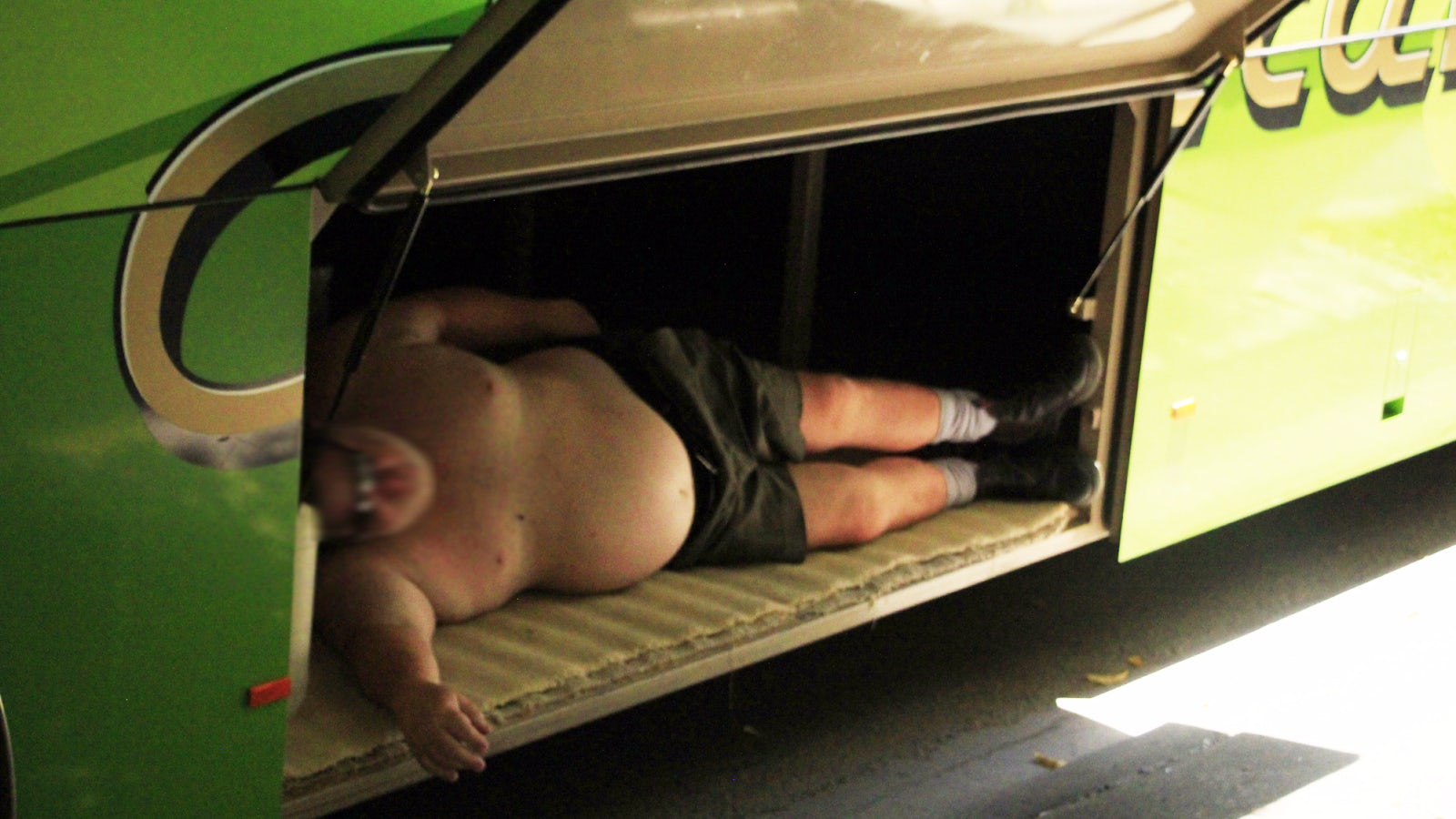
You have a body clock called a ‘circadian rhythm’ that allows you to live a normal day-to-day life by planning when you should be awake and asleep. Your body clock makes you tired when you should be asleep and can be very dangerous when driving.
What is fatigue?
Fatigue is the feeling of being tired, sleepy or exhausted and is a major cause of crashes. Fatigue can slow your reflexes, affect your attention, affect your judgement, and cause you to fall asleep at the wheel.
Fatigue affects everyone regardless of driving experience, but experienced drivers are often better able to avoid fatigue by knowing when to take a break.

How can I stop fatigue?
The only way to stop fatigue is by getting enough sleep, and the only way to treat driver fatigue once you have started driving is to stop and rest.
Not sleeping for 17 hours has the same effect on driving as a BAC of 0.05 and not sleeping for 24 hours has the same effect as a BAC of 0.10.
Early signs of fatigue:
- Missing road signs
- Slow reactions
- Tired, sore or heavy eyes
- Daydreaming
- Struggling to stay in the lane
- Troubles changing gear
- Yawning
- Poor concentration
- Drowsiness
- Blurred vision
- Dim/fuzzy vision

Make sure to take breaks! If you feel tired or notice any of these early signs of fatigue - STOP AND REST!
When can fatigue happen?
Typical situations when fatigue can happen:
- When you drive soon after waking up. You have a high risk of fatigue during the first 30 minutes after waking up.
- If you are driving when you would normally be sleeping (e.g. 10 pm - 6 am). Your blood pressure and temperature falls during these hours, which impairs your ability to perform tasks (this is part of your natural sleep pattern and there is nothing you can do about it). Crash risk is much higher during these hours.
- When you have been awake for longer than usual. The risk increases greatly after being awake for 17 hours.
- When you haven’t had enough sleep. You can only you acquire a ‘sleep debt’ that can only be repaid by sleeping.
- When you have been driving non-stop for a long time. The longer you drive, the higher the risk of fatigue. Stop 15 minutes every 2 hours.
Microsleep
Driving while tired can cause microsleeps. Microsleep is a short, unintended loss of consciousness characterised by closing of the eyes, head snapping or nodding.
At 60 mph a 1-second microsleep means that the car will travel about 27m without the driver having any control.
Avoiding fatigue

To reduce the risk of fatigue:
- Don’t drive when tired!
- Drive with a companion - that way you can switch drivers every once in a while
- Schedule regular stops (e.g. 15 minutes every 2 hours)
- Avoid driving just after waking up. Your body won’t have adjusted fully
- Don’t take alcohol and/or medications to become more alert. It will have the opposite effect
